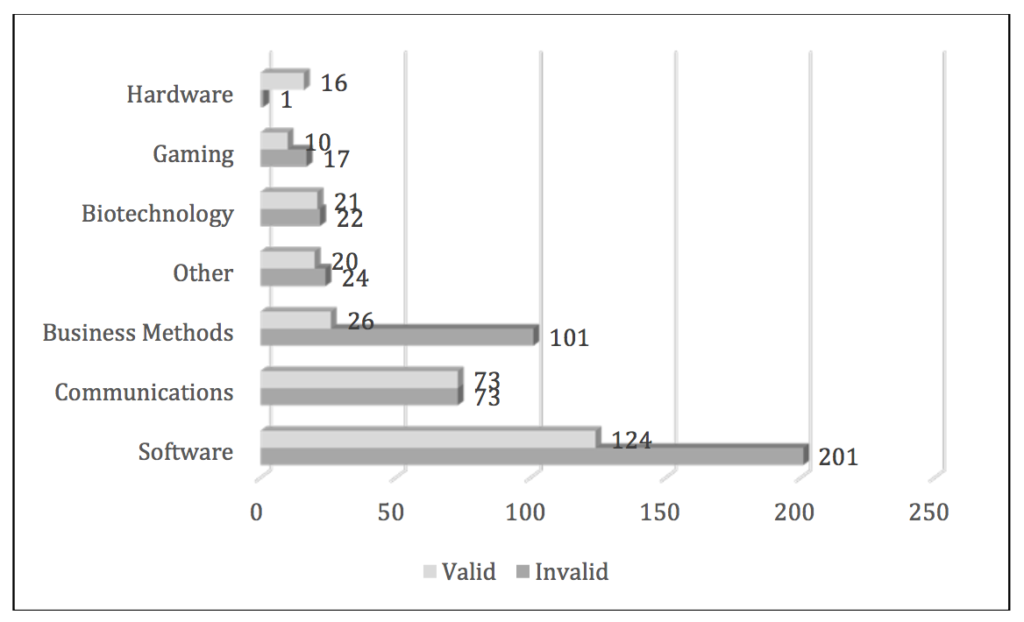Berkeley Hatches a Plan for Patent Reform
Nov 8th, 2017 by David Puleo | News | Recent News & Articles |
The Berkeley Center for Law & Technology (BCLT) held a round table discussion workshop with opinion leaders from science, technology, and the law to discuss patent subject matter eligibility. A Report on the workshop, which is quite extensive and contains a number of tables and charts, should be of interest to a wide audience. This Report comes on the heels of Senator Orrin Hatch’s op-ed article that also called for reform of subject matter eligibility (reviewed by Dilworth IP here). A number of recommendations, some of which are detailed below, were proposed by workshop participants to clarify subject matter eligibility as related to 35 U.S.C. § 101. Of note, this workshop was further detailed in a blog piece on PatentlyO.
To refresh your memory, four classes of inventions are considered patent eligible under 35 U.S.C. § 101, namely “any new and useful process, machine, manufacture, or composition of matter.” Over the years, the courts have come to define three classes of ineligible inventions: laws of nature, natural phenomena, and abstract ideas. Two high-profile Supreme Court cases[1,2] and the USPTO’s pronouncements[3] led to the articulation of The Mayo/Alice two-part test, which is the current framework by which patent claims are analyzed for subject matter eligibility. This test examines (1) whether the patent claims are directed to a patent-ineligible concept, and if not, (2) whether there are further elements that make the claims patent-eligible.
The workshop summarized some major patent trends occurring after Alice. Specifically, there has been an increase in patent invalidity holdings (Table 1). Since the Mayo1 and Alice2 decisions, and also the Myriad[4] decision, patents in the pharmaceutical and software industries have been intensely scrutinized. The distribution of the invalidated patents across various software areas is shown in Figure 1. Although the Mayo/Alice test is meant to ensure inventive patent applications, as well as safe-guard against “poor quality” patents being granted, the workshop participants agreed that the two-part test is relatively vague and does not provide adequate guidance for consistently assessing eligibility. Despite the fact that the USPTO has put forth a Guidance[3] and further documents commenting on eligibility, there is still a need to reassess eligibility requirements. However, given that the Supreme Court denied a writ of certiorari for Sequenom[5], the Supreme Court is not likely to revisit subject matter eligibility, unless there is a compelling new issue of law for it to resolve. Thus, legislative intervention from Congress is needed to clarify these issues. Alternatively, the participants suggested that Congress give the USPTO the authority to alter eligibility as needed. It is clear that further steps need to be taken to clarify and refine subject matter eligibility requirements in this post-Alice era.
(June 2014 to February 2017)*
- Mayo Collaborative Services v. Prometheus Labs, Inc.
- Alice Corp v. CLS Bank International
- USPTO Subject Matter Eligibility
- Association for Molecular Pathology v. Myriad Genetics, Inc.
- Sequenom, Inc. v. Ariosa Diagnostics, Inc.
*Adapted from the BCLT workshop Final Report.
–David Puleo and Anthony D. Sabatelli, PhD, JD
This article is for informational purposes, is not intended to constitute legal advice, and may be considered advertising under applicable state laws. The opinions expressed in this article are those of the author only and are not necessarily shared by Dilworth IP, its other attorneys, agents, or staff, or its clients.


